A Comprehensive Guide to Constructing a Log Cabin Foundation
Log cabins, with their natural charm and unique style, are loved by many. Whether used as vacation cabins or long-term residences, building a log cabin requires careful consideration of factors such as the environment, soil conditions, and climate.
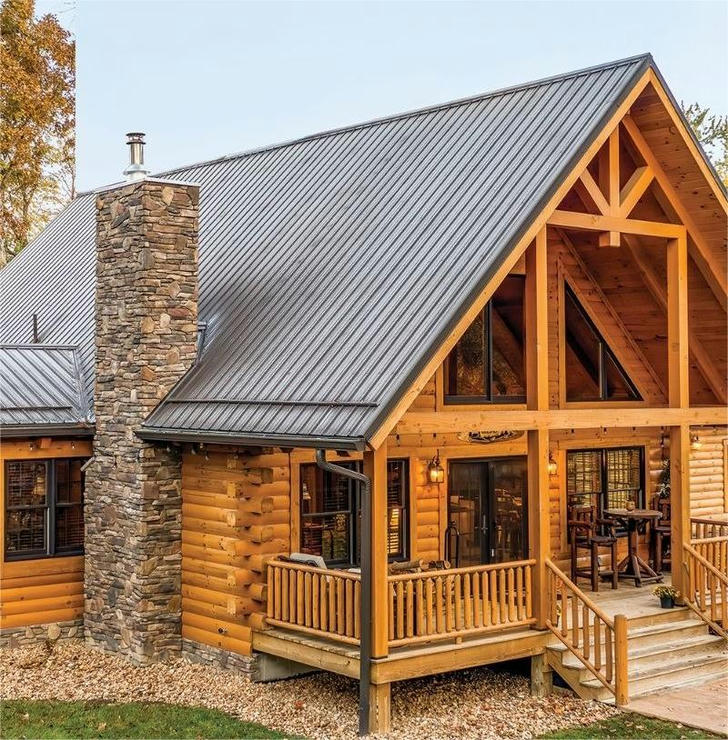
The foundation is one of the most crucial parts of the cabin-building process. It not only determines the cabin's stability and safety but also affects its lifespan and comfort. Regardless of the cabin's size, a proper foundation design and construction can effectively ensure the structure’s stability and prevent issues such as moisture or settlement. To guarantee the long-term stability and safety of the log cabin, choosing the right type of foundation and following construction standards meticulously is an essential step for every builder.
Choosing the Right Foundation Type
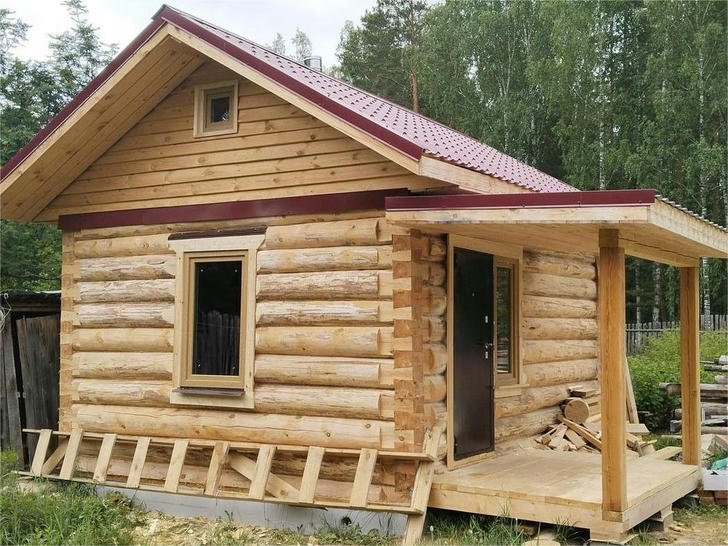
The type of foundation significantly impacts the cabin's structural stability, durability, and cost. Based on the geographical environment, soil conditions, and budget, log cabin foundations come in several types, including strip foundations, isolated foundations, and slab foundations. Understanding the pros and cons of each type is the first step to selecting the most appropriate foundation.
Strip Foundation
A strip foundation is the most common type and is suitable for flat land with strong soil bearing capacity. This foundation is typically a continuous concrete strip that surrounds the cabin. The main advantage of a strip foundation is its simple construction and lower cost, making it ideal for lightweight log cabins.
For example, in areas with hard and dry soil, a strip foundation is a common choice. Because of the strong soil bearing capacity, the strip foundation is easy and cost-effective to build, making it an ideal option for many vacation or small log cabins.
Isolated Foundation
Isolated foundations are ideal for log cabins with widely distributed support points. These foundations consist of individual supports or columns, with each support point having its own small foundation. This type of foundation is suited for lighter structures and is often used for supporting the frame of a log cabin.
For instance, in hot climates, many log cabins use isolated foundations. This foundation type helps avoid the effects of excessive soil moisture and prevents ground settlement, making it well-suited to the environmental conditions of these regions.
Slab Foundation
Slab foundations are typically used in wet areas or places with softer soil. This foundation type involves laying a thick concrete slab across the entire base of the cabin, providing stable support. Slab foundations help prevent moisture and water from entering the cabin, protecting the structure from decay.
For example, in areas with high humidity, many log cabin projects opt for a slab foundation. The thick concrete slab helps prevent underground water seepage, keeping the interior of the cabin dry and protecting it from damage due to moisture.
Land Survey and Preparation
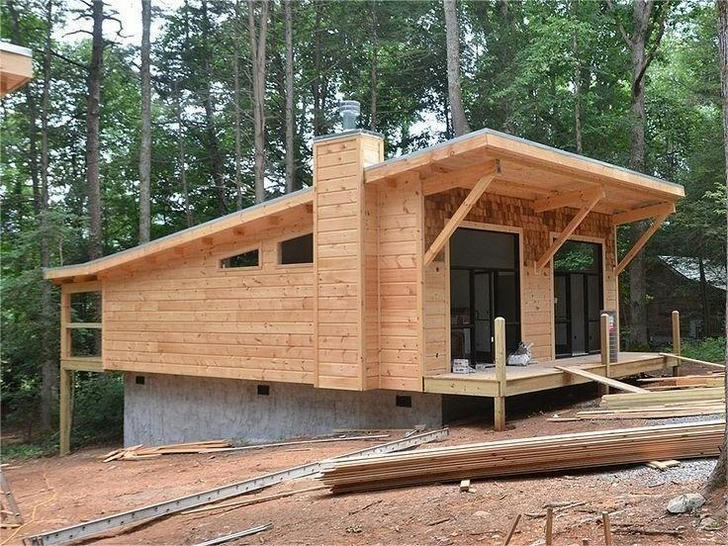
Before starting the foundation construction, land surveying is an essential step. A survey provides crucial information about soil type, bearing capacity, water table levels, and other factors that determine the depth, size, and type of the foundation. Once the survey is completed, land clearing is another important task to ensure smooth construction.
Surveying Soil Types
Soil type determines the foundation's bearing capacity. If the soil is loose or waterlogged, reinforcement measures are needed; if the soil is firm and stable, construction is relatively easier and cheaper. Using geotechnical equipment, such as soil probes, to assess soil density and compressive strength is crucial to ensuring the stability of the cabin.
For instance, in areas with moist and soft soil, extra care should be taken to survey the soil type. In such areas, foundation reinforcement may be necessary to improve load-bearing capacity and ensure the foundation’s stability and the safety of the cabin.
Land Clearing
Clearing the land is the foundation for the construction of the foundation. Obstacles such as trees, shrubs, rocks, and weeds must be removed, and any organic matter should be cleared. A clean site ensures uninterrupted construction and prevents harmful substances from affecting foundation quality.
For example, in mountainous areas, land clearing can be quite challenging. Builders may need heavy machinery to remove obstacles and clear debris that could affect the foundation's stability, ensuring that construction proceeds smoothly.
Excavating the Foundation Pit
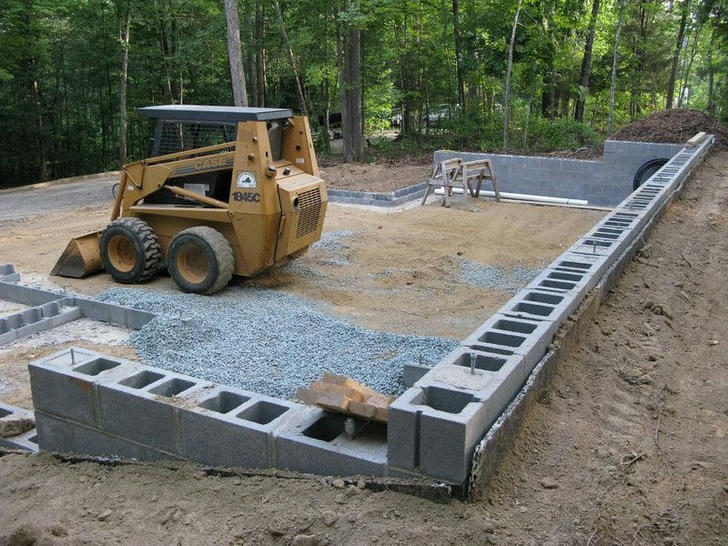
Depending on the type of foundation selected, a certain depth of foundation pit needs to be excavated. During this process, the depth and width of the pit must be determined to meet design specifications. It is important to consider soil stability and ensure the pit's bottom is level.
Determining Excavation Depth
The excavation depth depends on the foundation type, soil conditions, and climate. For example, in cold regions, the frost line can be deep, so the foundation must be dug below the frost level to prevent seasonal frost heaving that could cause settlement.
In certain cold regions, builders typically need to dig foundation pits deep enough to avoid the frost line, preventing frost heaving and uneven settlement due to temperature fluctuations.
Choosing the Right Tools
Based on the project size and soil type, excavation may be done manually or with machinery. Large areas may require excavators, while smaller log cabins may be manually excavated.
For example, in small log cabin projects, builders often use small excavators to dig the soil. This approach not only improves efficiency but also reduces environmental disruption during the process.
Laying Gravel or Stone Layer
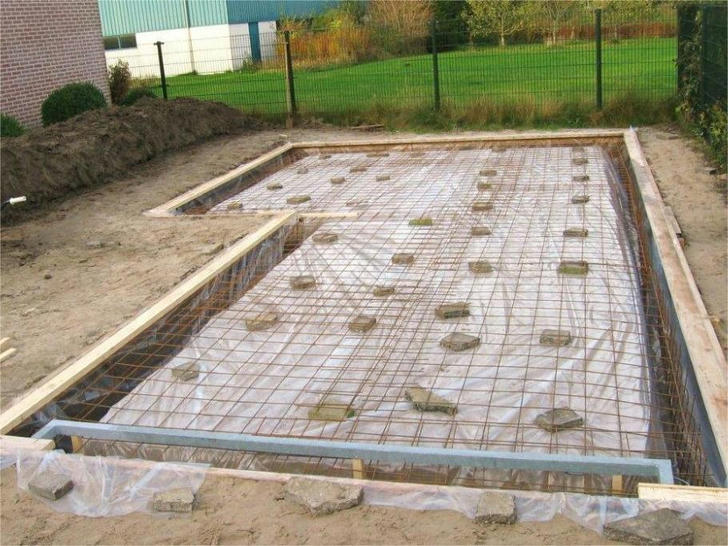
Laying a layer of gravel or stones at the bottom of the foundation pit can improve drainage and prevent moisture from affecting the cabin foundation. The gravel layer provides a solid base and helps prevent the foundation from rotting due to moisture.
Laying the Gravel Layer
Filling the foundation pit with gravel or stone helps enhance the foundation's drainage. This layer facilitates moisture drainage and prevents dampness from accumulating under the foundation.
For example, in humid climates, builders often choose to lay a thick gravel layer at the base of the foundation. This not only aids in moisture drainage but also prevents water from seeping into the cabin and helps maintain a dry environment.
Reinforcing Soil Stability
The gravel layer also helps reinforce soil stability, especially in soft or wet soils. This material prevents soil movement or settlement, ensuring long-term foundation stability.
In soft soil or low-lying areas, the gravel layer helps enhance foundation stability, preventing settlement issues caused by the loose soil, thus maintaining the cabin's stability.
Pouring Concrete Foundation
Pouring the concrete foundation is a key step in log cabin construction. Using high-quality concrete ensures the strength and durability of the foundation.
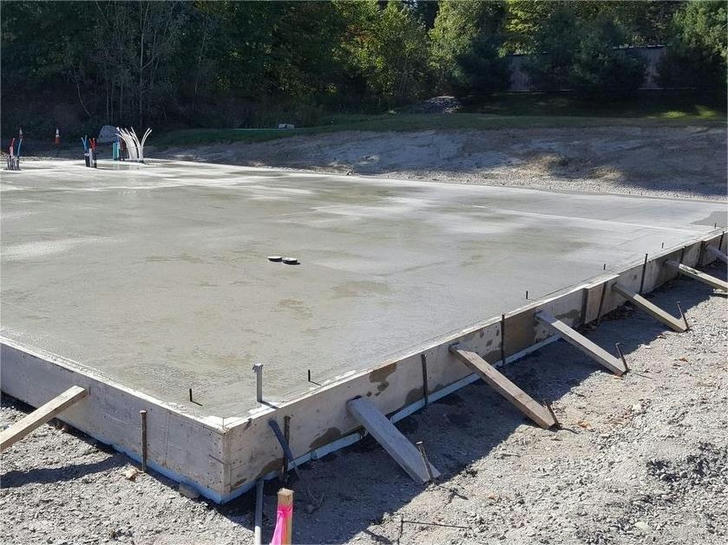
Preparing Concrete Materials
Mixing cement, sand, gravel, and water ensures the concrete meets design requirements. The amount of concrete needed can be calculated based on the depth and area of the foundation to avoid material waste.
For example, in some budget-constrained projects, builders often calculate the amount of concrete precisely to avoid waste. Ensuring the quality of the concrete materials is crucial for the foundation's long-term stability.
Pouring the Foundation Layer
Pour the prepared concrete evenly across the foundation and ensure the thickness meets design specifications. After pouring, the concrete needs a curing period to strengthen.
For example, after pouring the concrete, builders will ensure the surface is level to avoid cracks. Adequate curing time is essential for strengthening the concrete.
Installing Foundation Support Structures
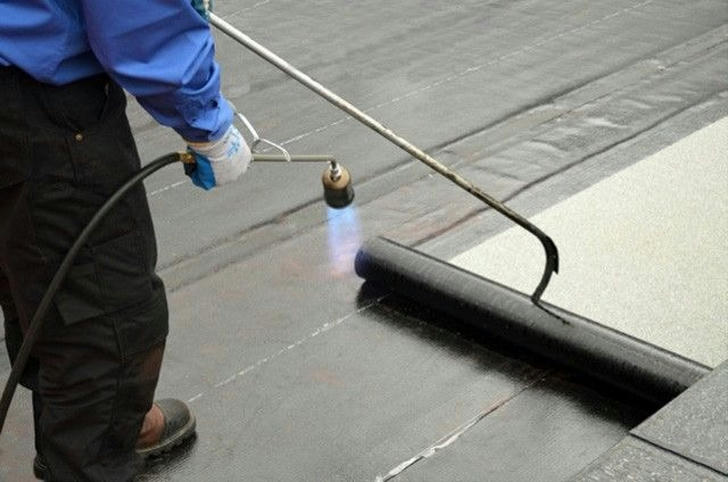
Installing support columns or beams is a crucial step in ensuring the stability of the cabin foundation. After the concrete foundation is completed, these structures provide the support points for the cabin.
Installing Support Columns
According to the design plan, install the support columns onto the concrete foundation, ensuring that each support point is stable and vertical. The connection between the columns and the foundation must be firm to bear the weight of the cabin.
For example, when selecting support columns, builders typically choose materials based on the cabin's weight and soil type. In damp regions, pressure-treated wood is often the material of choice.
Ensuring Support Structure Alignment
Use tools like a level to ensure the horizontal and vertical alignment of the support columns and beams, ensuring the overall stability of the foundation structure.
For instance, when installing support columns, builders check the vertical alignment multiple times to avoid uneven support that could affect the cabin’s overall stability.
Foundation Waterproofing Treatment
Waterproofing is an important consideration in log cabin foundation construction, especially in damp or rainy areas. A waterproof layer effectively prevents groundwater from penetrating the cabin and protects its structure.
Laying Waterproof Membranes
A waterproof membrane or coating is laid on the foundation to create an effective barrier that prevents moisture from entering.
For example, in some humid regions, many log cabin projects use high-performance waterproof membranes to ensure the foundation remains dry over time.
Designing Drainage Systems
A drainage system around the foundation ensures water flows away quickly, preventing water accumulation and seepage into the foundation.
For example, in moist areas, builders often set up drainage ditches around the cabin to ensure rainwater does not accumulate near the foundation, thus ensuring long-term foundation stability.
Conclusion
Building a log cabin foundation is a process that requires meticulous construction and thorough preparation. From choosing the foundation type, land surveying, and excavation to pouring concrete, each step must be performed carefully to ensure the cabin's stability and safety. While the construction method may vary depending on local climate, soil conditions, and building requirements, the key is to always focus on every detail to ensure the long-term durability of the log cabin.
